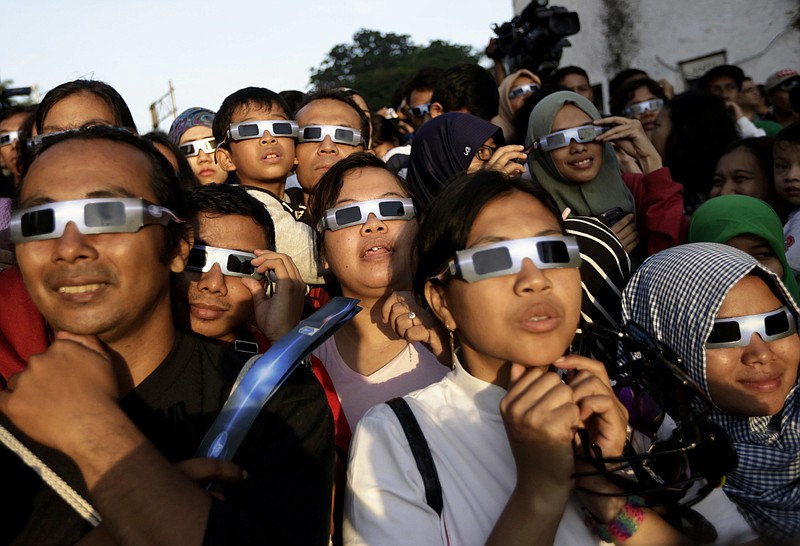CAPE CANAVERAL, Fla. (AP) - With the total solar eclipse right around the cosmic corner, eye doctors are going into nagging overdrive.
They say mom was right: You can damage your eyes staring at the sun, even the slimmest sliver of it.
So it's time to rustle up special eclipse eyewear to use Aug. 21, when the U.S. has its first full solar eclipse spanning coast to coast in 99 years.
The only time it's safe to view the eclipse without protection is during the two minutes or so when the sun is completely covered by the moon. That will occur only along a narrow strip stretching from Oregon, through the Midwestern plains, down to South Carolina. The rest of the U.S. gets a partial eclipse that extends into Canada and part of South America.
